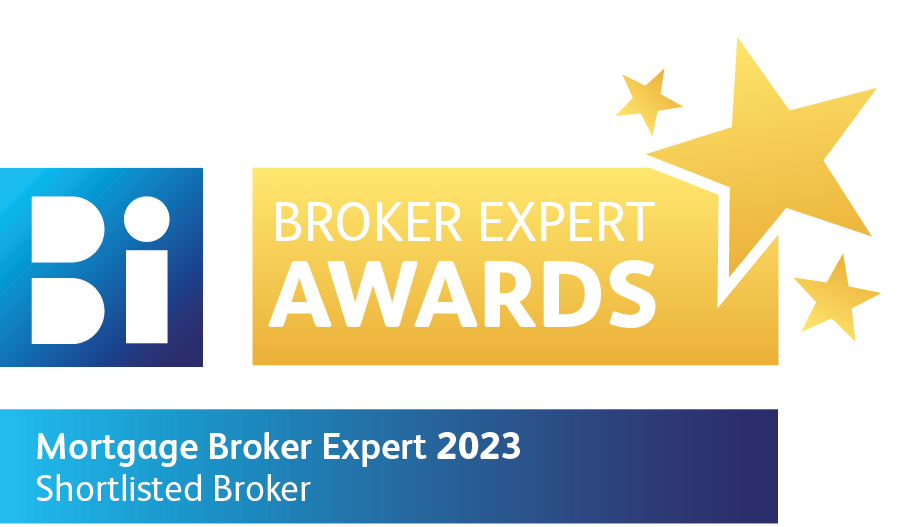By Fiona Ellis
In the last quarter of 2018 more than 1600 mortgage holders either re-mortgaged their homes, or switched loans – a whopping 71 per cent more than the same time in 2017.
People are wising up to the savings that are out there, according to Joey Sheahan, Head of Credit, MyMortgages.ie.
He explained: “If you are a fixed or variable rate mortgage customer, you could be in a position to save tens of thousands of Euro over the remaining term of your mortgage by switching mortgage provider and due to the current low cost of funds available for banks, in many cases there is no early breakage fee for exiting a fixed rate.
“The more equity you have built up in your home the more savings you are likely to make.
Sheahan revealed how switching could save an average mortgage holder anywhere in the region of €275 monthly or €3,300 annually or €99,000 over the life of a fairly average sized €280,000 mortgage over 30 years, with a loan-to-value of less than 50 per cent, by reducing the variable interest rate from 4.5 per cent to 2.75 per cent.
He added: “We need to do more to broadcast to every mortgage holder in the country they could be in line for savings, and to explain to them the process need not be arduous, complicated or intimidating as they expect.”
Switching, as Sheahan explained, does not have to mean changing lender, though it is often the case. However, it does describe the process a mortgage holder goes through to change the interest rate they are paying on their mortgage, so as to cut their costs.
The mortgage expert said: “We said at the top of 2018 that the switcher market would ramp up in the year ahead and these figures prove that. And 2019 looks set to really open up the market — underpinned by the changes to the Consumer Protection Code, which should see an increase in the level of choice.
“We also expect to see competition among banks heating up in the months ahead.”
Here’s how you can save – Joey explains all you need to know on how to switch:
So, if my neighbour is doing it – can I?
The answer is, most likely, yes. We would estimate that one in every three mortgage holders would have the option to switch and save.
If you have been on the same rate for three years or more, then you should definitely review your options.
If you are a variable OR a fixed rate mortgage customer, you could be in a position to save thousands of Euro over the remaining term.
Where do I start?
To start the process, you should contact your existing lender and confirm your rate of interest, balance outstanding and term remaining on the mortgage.
If you are on a fixed rate, ask your lender what breakage fee they apply, if any.
Ask them if the interest rate you are currently on is the best available to you and what fixed rate options are available to you as an existing customer.
Then contact a mortgage broker and ask them to compare your existing mortgage terms to what is available to you in the market.
The more equity you have in your home, the better the new terms likely to be available to you, but you can switch even if your loan is 90 per cent of your value.
Your broker will also find out what incentives other lenders will offer you to make the switch.
The “incentive” offered by all lenders should more than cover the legal costs as well as any possible breakage fee.
The next step is to assess the best value option for you.
A broker can run some calculations on the interest rates that have been offered to you by all lenders to see what kind of savings you can make.
This is not a complex process.
However, by engaging the expertise of a broker you will make life easier on yourself, as they will do all the leg work, calculations and communications on your behalf.
They will then sit down and explain all the options available to you.
“Switching” does not always have to mean changing lender, though that is often the case. However, it does describe the process a mortgage holder goes through to change the interest rate they are paying on their mortgage, so as to cut their costs.
“We said at the top of 2018 that the switcher market would ramp up in the year ahead and these figures prove that – but there is still more to go in terms of the volume of mortgage holders who should be switching for savings.
“2019 looks set to really open up the market – underpinned by the changes to the Consumer Protection Code, which should see an increase in the level of choice and information offered to mortgage holders and put greater onus on banks to alert current mortgage holders to their options around mortgage rates.
“We also expect to see competition among banks heating up in the months ahead, and banks vying for customers can only mean better value for those mortgage holders they are hoping to attract.”
Should I stay with my current lender?
One of the primary considerations you may face is whether to stick with the same lender or move to a different one.
While it can be more straightforward to stay with the same lender, as going to a different provider will mean going through the mortgage approval process again, I would advise you not to let this put you off entirely.
Changing lenders can be relatively streamlined if you have an expert helping you.
You need to ask yourself a question – why would I stick with a lender that is not delivering the best value for me?
So, it is imperative that at this point that you weigh up all your options and take expert advice when deciding whether switching is the best course of action for you.
What will I need?
If you decide to proceed, then you will need to go through the application process and submit your documentation. This varies from lender. You may require documents such as:
- An application form
- Identification
- 1 x Recent payslip
- 3 months recent current account statements
- Most recent credit card and mortgage statement
- Relevant application form and bank declaration
Source: https://www.thesun.ie/money/3724092/how-irish-save-thousands-remortgage-switch-loans/





